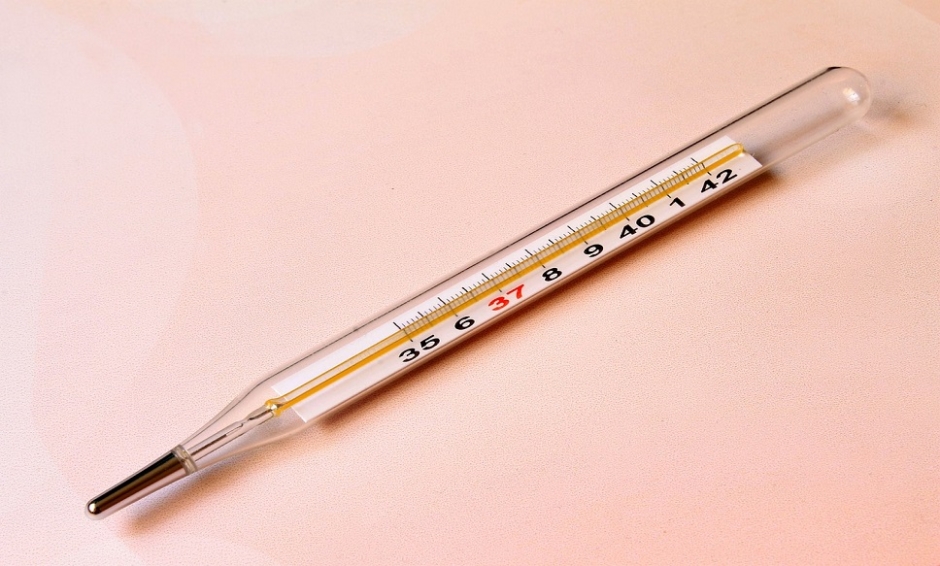CHANGES in facial temperatures can determine how much mental strain a person is under, according to researchers from the University of Nottingham, Nottingham, UK. The study, which found that lower facial temperatures are linked with tasks that are complex and mentally demanding, could lead to new methods that can accurately monitor workload, ultimately helping to reduce work-related stress.
Non-invasive Thermal Cameras
Using non-invasive thermal cameras placed in the cockpit of aircrafts, the skin temperature of pilots was measured as they went about their job. It was found that the breathing rate of the pilots changed as the automatic nervous system took over when they were fully focussed on a particular task. Additionally, increased mental demands on the operator correlated with reduced facial skin temperature, particularly above the sinuses around the nose, which the researchers believe could be caused by the diversion of blood flow from the face to the cerebral cortex during these periods of mental strain.
Measuring Workloads
This enhanced understanding of the physical effects of mentally demanding tasks could provide the basis for new methods to monitor and manage the workloads of people. Also, future enhancements of this non-invasive, non-obtrusive way of monitoring cognitive workload are likely to be of particular importance in jobs where oversight and errors can be caused by excessive mental demands, such as aircraft operators.
Supervisor and initiator of the study, Prof Sarah Sharples, University of Nottingham, stated: “The measurement of workload without needing to interrupt people to ask them to report how busy they are, has been challenging human factors specialists for many years. By bringing together our expertise in bioengineering, human factors, and machine learning, we have developed a much better understanding of how physical changes associated with workloads manifest themselves as physiological symptoms, and how these symptoms translate into the parameters that we can measure.”
Further Research
The researchers of ongoing study are now seeking to apply this monitoring system more broadly to further enhance the accuracy of workload estimation. Other research continues to look into estimating the workload of operators undertaking fine manual tasks that require acute concentration in addition to temporal and spatial awareness.
James Coker, Reporter
For the source, and further information on the study, click here.








